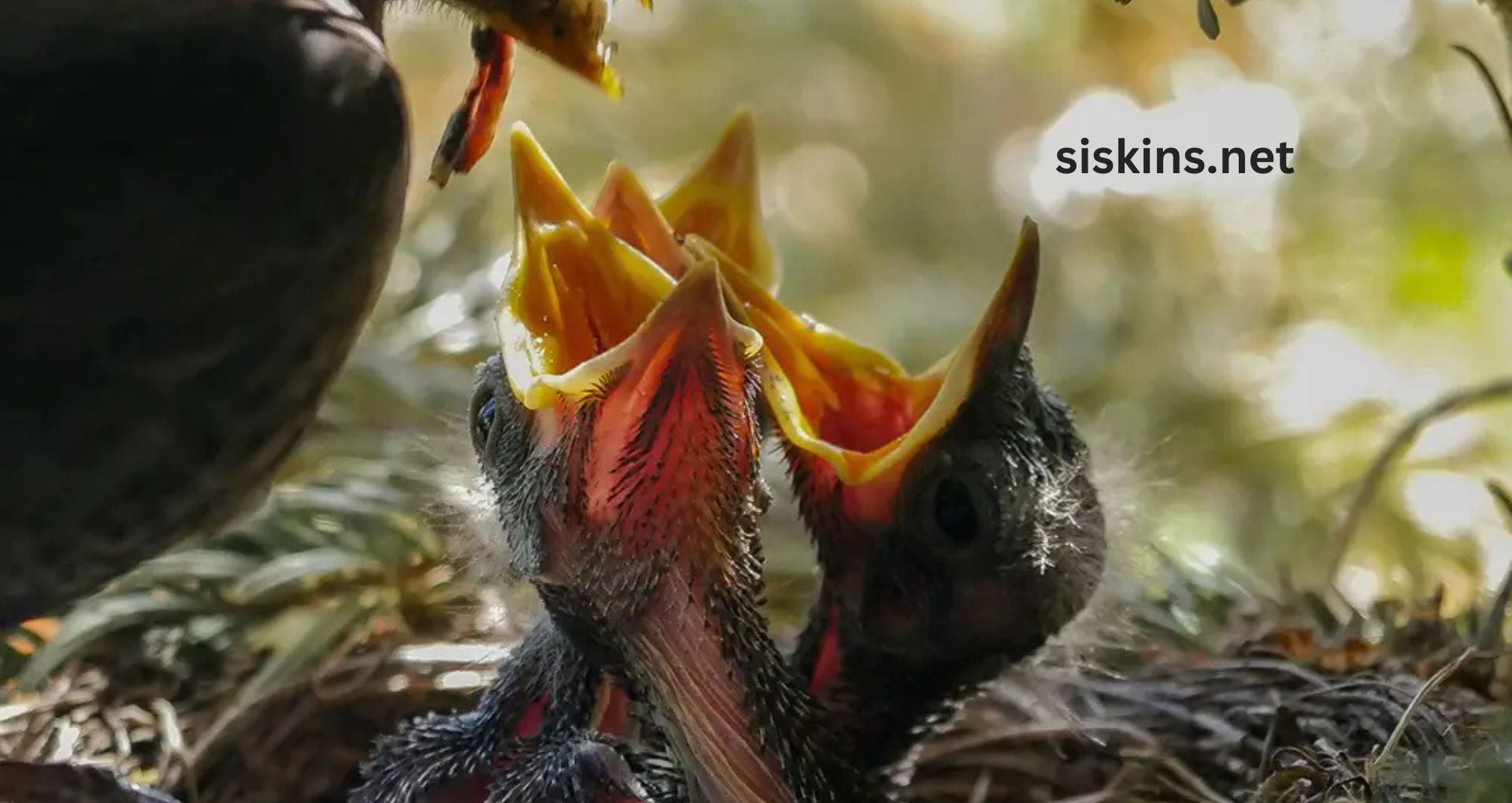Birdwatching is a fantastic hobby that helps us connect with nature. It’s a calm yet exciting way to appreciate the beauty and variety of birds. Just like anything else in nature, birds have their own rhythms, and knowing when to watch can really enhance your birdwatching experience. Let’s dive into the best times of day to spot birds and see why timing is key!
Why Timing Matters in Birdwatching
Birdwatching is heavily influenced by the time of day. Birds are active based on their natural routines of feeding, resting, and socializing. The best times to see them usually align with their feeding schedules. When they’re searching for food, they’re often more visible and vocal, making it easier to identify different species. By choosing the right time for your birdwatching trip, you can increase your chances of seeing a variety of birds.
Morning: The Best Time for Birdwatching
The early morning hours are undoubtedly the prime time for birdwatching. These hours, often called the “golden hours,” are when birds are most active. At dawn, many birds are up and about, looking for food after a long night’s rest. This feeding frenzy makes it easier to spot different species quickly.

Plus, the morning sun is low, providing soft, natural light that’s great for seeing and photographing birds. Many birdwatchers like to start their day just before sunrise to enjoy the beautiful symphony of bird calls and songs filling the air as different species announce themselves.

Binoculars for Adults | Compact Small Mini Travel Binocular for Bird Watching
These compact, mini binoculars are perfect for adults, offering portability and high-quality zoom for bird watching and outdoor adventures.
What Happens in the Early Morning
In the morning, birds are all about feeding, and their activity is driven by their need to recharge. Most songbirds, like sparrows, robins, and finches, start their day with vocal displays, making them easier to find. You might also see birds of prey, like hawks and eagles, hunting during this time when their prey is more active.
You’re likely to spot migratory birds, too, as they often fly at night and stop to rest and refuel in the morning. This makes dawn and the hours just after sunrise a great time to see both local and passing species.
Best Spots for Morning Birdwatching
Certain places are better for morning birdwatching because birds are attracted to areas with plenty of food. Woodlands, wetlands, and gardens are especially lively during these hours. In forests, birds take advantage of the calm morning to look for insects, seeds, and berries. Wetlands draw in waterfowl and wading birds like herons and egrets, while city parks and gardens are great spots for urban birdwatchers.

When planning your morning birdwatching adventure, think about the specific habitats you’ll be exploring, as different areas attract different birds.
Mid-Morning Birdwatching: A Second Chance
If you miss the early morning window, don’t worry! Mid-morning hours, around 9 to 11 a.m., still provide a good opportunity to see birds. While activity slows down as it warms up, many birds, especially those foraging in the shade, remain active.
Mid-morning birdwatching is great for a more relaxed pace, as birds might be less vocal but still visible as they hop from tree to tree or forage in the underbrush. Larger birds like eagles, vultures, and hawks are also more likely to be seen soaring high in the sky as the sun rises.
Midday Birdwatching: Is It Worth It?
By noon, bird activity often drops significantly because many birds seek shelter from the heat. Much like us, they prefer to rest during the hottest part of the day, making them harder to spot. However, midday birdwatching isn’t a complete waste of time.

Some species, like waterfowl, shorebirds, and raptors, stay active during these hours. You might see gulls and terns foraging along the shore, and vultures often ride thermals high in the sky. If you’re birdwatching in shaded areas, like forests or near water, you might still catch smaller species looking for food in cooler spots.

Peterson Field Guide To Birds Of Eastern & Central North America, Seventh Ed. (Peterson Field Guides)
The Peterson Field Guide to Birds of Eastern & Central North America (7th Ed.) offers comprehensive bird identification with detailed illustrations and descriptions.
Also Read: 9 Steps to Attract Birds to Your Yard
Late Afternoon Birdwatching
As the day winds down, bird activity picks up again in the late afternoon, from around 4 p.m. until sunset. This time can be just as good as early morning, especially in the hours before dusk. Birds become more vocal again as they prepare for the night, and many species will have one last feeding session before it gets dark.
Late afternoon birdwatching offers a quieter experience, with softer light and cooler temperatures. You might see swallows, swifts, and nighthawks becoming more active, while many songbirds start to sing again as the sun sets.
Twilight Birdwatching: The Evening Chorus
One of the most magical times for birdwatching is twilight, when the sun dips below the horizon and the evening chorus begins. Some birds, like owls, nightjars, and whip-poor-wills, are most active at dawn and dusk. If you’re patient enough to stay out until twilight, you might be lucky enough to spot these elusive species.
The evening chorus is like a concert of bird songs and calls as they settle down for the night or call out to their mates. This is a fantastic time for listening, as the air fills with the sounds of nature winding down for the day.
By understanding these optimal times for birdwatching, you can enhance your experience and increase your chances of encountering a wider variety of species. Happy birdwatching!

